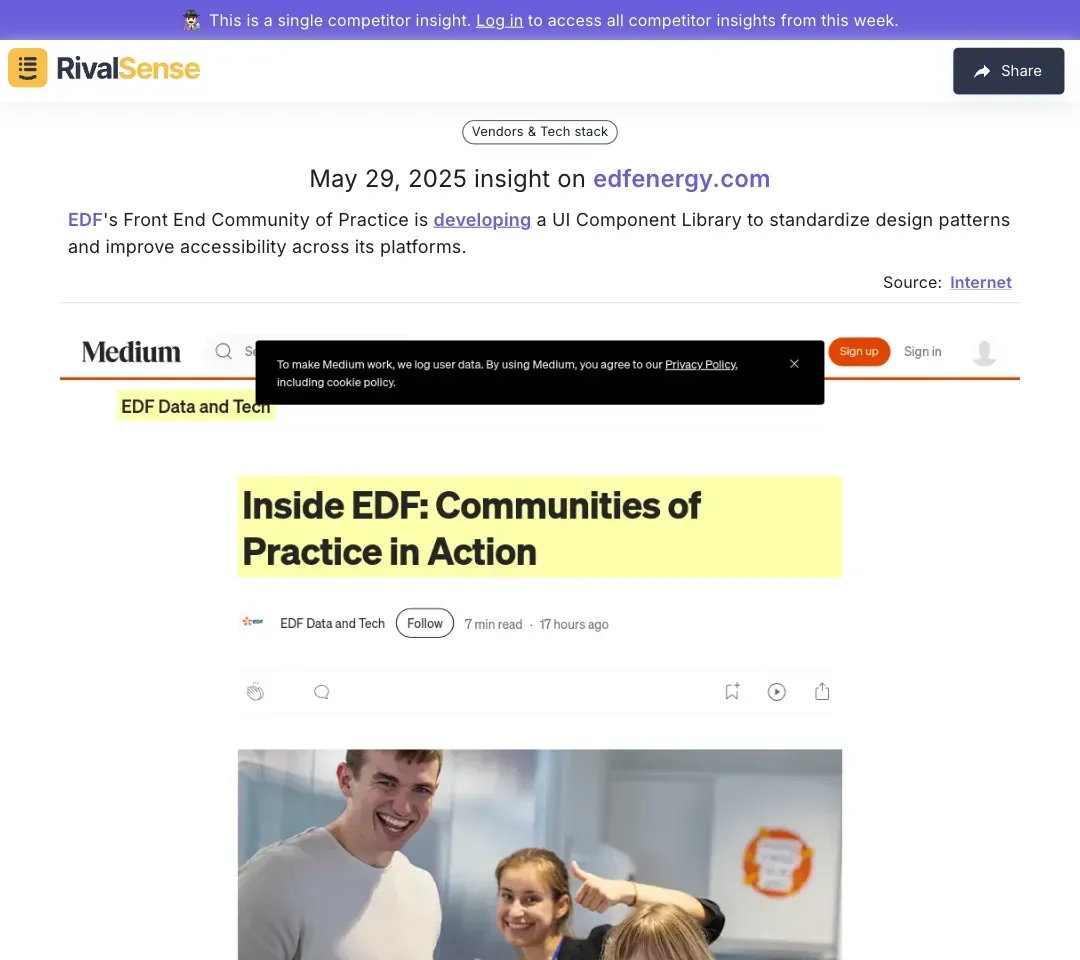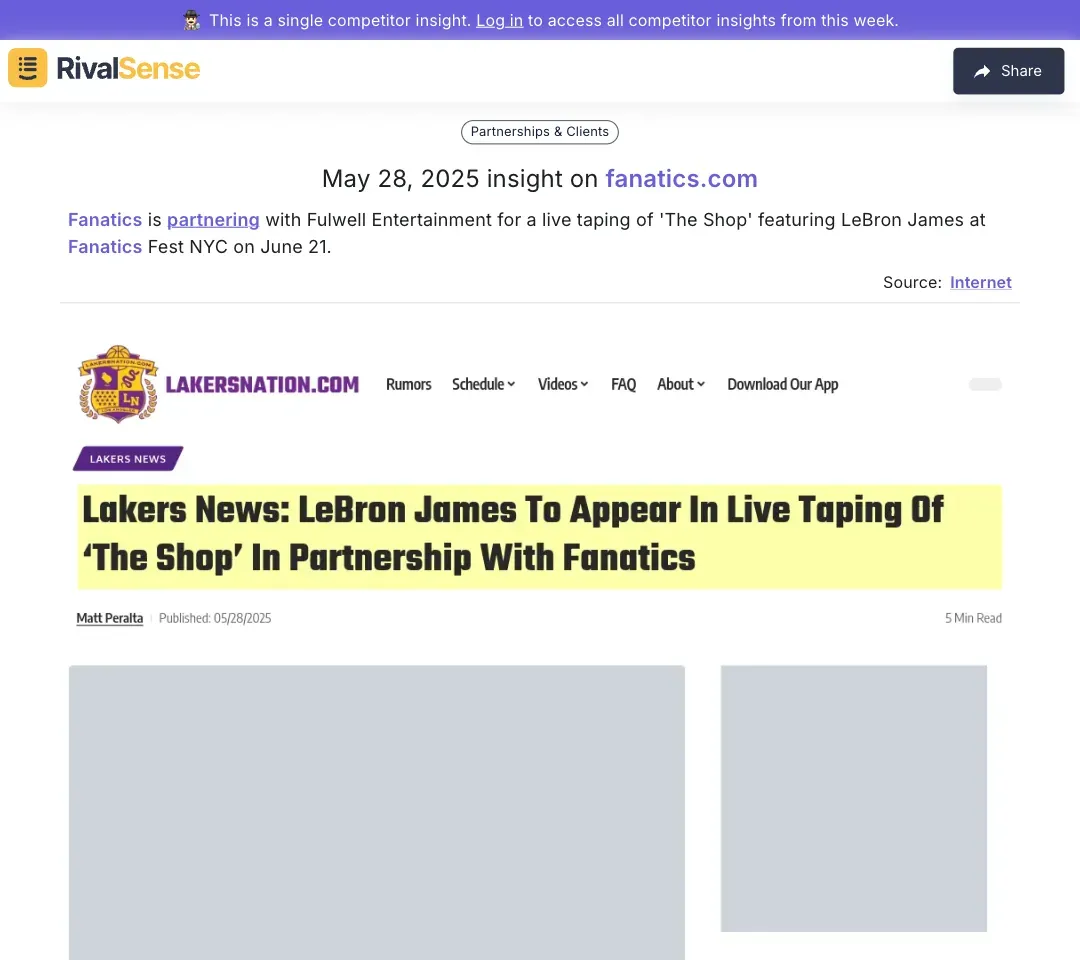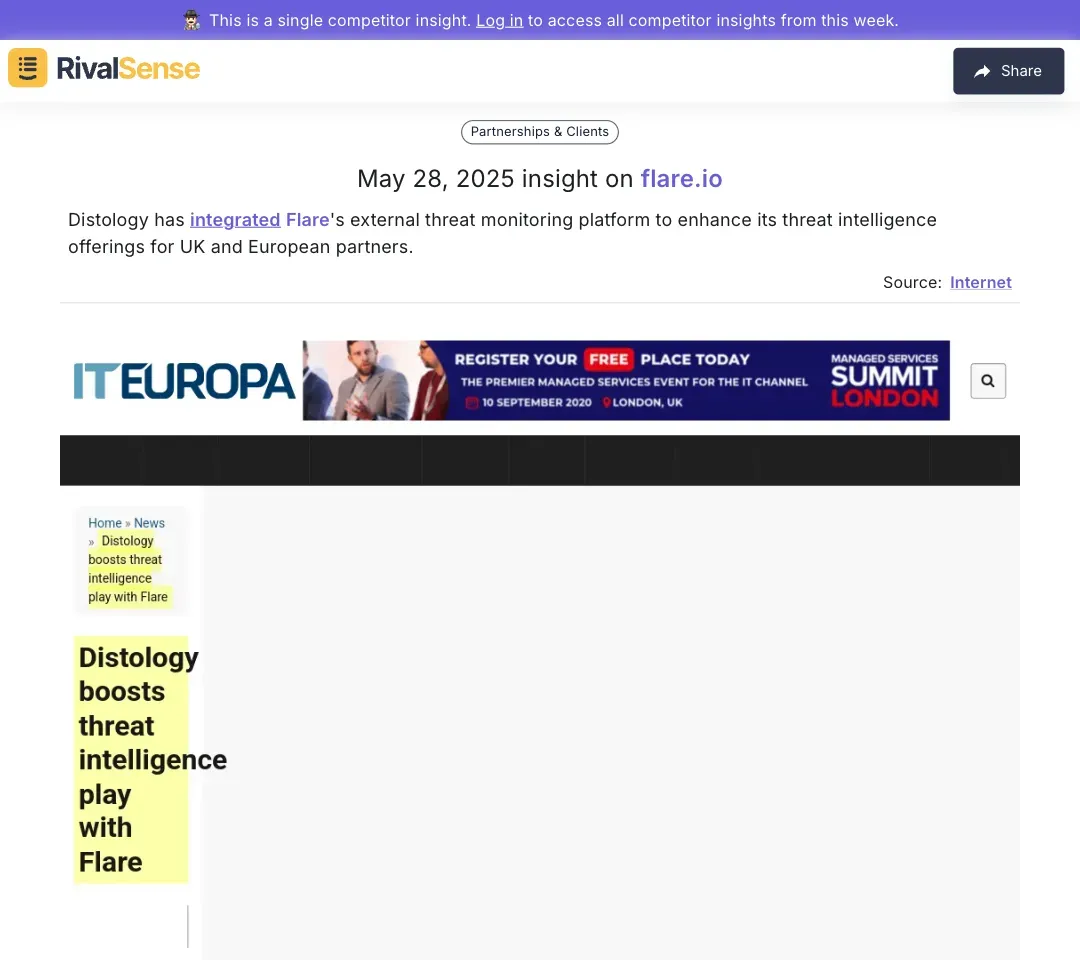Data-Driven Insights on Advocacy Program Competitors Online
In today's competitive landscape, advocacy programs have emerged as a powerful tool for businesses to differentiate themselves. These initiatives turn satisfied customers and employees into brand champions, enhancing credibility while amplifying market presence. Understanding how competitors structure their advocacy initiatives provides invaluable insights into industry best practices and potential gaps in your own strategy.
Data-driven insights form the backbone of effective advocacy programs. By analyzing competitor data—engagement rates, platform preferences, and content performance—you can identify tactical opportunities. For instance, if a competitor's LinkedIn advocacy posts consistently outperform others, it signals where to focus your resources. Here's how to begin analyzing competitor approaches:
- 📍 Identify Key Platforms: Determine where competitors are most active (Twitter, LinkedIn, industry forums).
- 📊 Monitor Engagement: Track likes, shares, and comments to gauge audience resonance.
- 🔍 Analyze Content Themes: Note recurring topics or formats in their advocacy posts.
- 📈 Benchmark Performance: Compare metrics against your program to find improvement areas.
Adopting this analytical approach helps refine your advocacy strategy to outpace competitors and build a loyal advocate community.
Standardizing Design for Enhanced User Experience
Consistent design is crucial for advocacy programs, ensuring brand uniformity and accessibility across digital touchpoints. Competitors using UI component libraries report higher engagement and faster development cycles. These systems create seamless user journeys that strengthen advocacy impact and reduce friction.
For example, RivalSense recently tracked that EDF's Front End Community of Practice is developing a UI Component Library to standardize design patterns and improve accessibility across its platforms.

Why this insight matters: Tracking design standardization reveals how competitors improve UX efficiency—helping you benchmark your efforts and spot innovation opportunities.
Practical implementation steps:
- 🛠️ Adopt a UI Component Library: Use tools like Storybook or Figma for reusable, consistent components.
- ♿ Focus on Accessibility: Embed WCAG compliance into design systems.
- ⚡ Streamline Development: Utilize design tokens for faster iterations.
- 👁️ Monitor Competitors: Track UI updates through competitive intelligence tools.
- 🔄 Test and Iterate: Gather user feedback to refine components.
✅ Design Standardization Checklist:
- Audit existing design inconsistencies
- Build reusable component library
- Train teams on new systems
- Analyze competitor design trends
- Continuously optimize via user feedback
Strategic Partnerships for Brand Amplification
High-profile partnerships exponentially boost advocacy reach and credibility. Collaborations introduce your brand to new audiences while leveraging partner authority. These alliances transform advocacy programs into dynamic growth engines when executed strategically.
Consider Fanatics' partnership with Fulwell Entertainment for a live taping of 'The Shop' featuring LeBron James at Fanatics Fest NYC on June 21.

Why this insight matters: Monitoring partnerships reveals how competitors expand reach—informing your collaboration strategy and identifying high-impact allies.
Actionable partnership tactics:
- 🤝 Research Alignment: Identify partners with shared values and audiences
- 🎯 Craft Value Propositions: Clearly articulate mutual benefits
- 🎪 Leverage Live Events: Co-host workshops/webinars for buzz generation
- 📱 Cross-Promote: Amplify through both partners' channels
- 📝 Co-Create Content: Develop whitepapers or case studies showcasing synergies
💡 Partnership Success Checklist:
- Ensure brand consistency in joint materials
- Track engagement metrics (reach, conversions)
- Maintain communication for future opportunities
- Incorporate interactive elements (Q&A, polls)
- Follow up with shared post-event content
Enhancing Security and Threat Intelligence
Robust security is non-negotiable for advocacy programs handling sensitive data. Competitors increasingly integrate AI-driven threat monitoring to protect stakeholder trust. Proactive security measures prevent breaches that could devastate advocate relationships and brand reputation.
For instance, Distology integrated Flare's external threat monitoring platform to enhance threat intelligence offerings for UK and European partners.

Why this insight matters: Tracking security upgrades exposes emerging industry standards—helping you fortify defenses and maintain stakeholder confidence.
Key security enhancements:
- 🤖 Adopt AI-Powered Tools: Implement platforms with real-time anomaly detection
- 🔒 Shift to Zero-Trust: Minimize vulnerabilities through strict access controls
- 📋 Conduct Regular Audits: Proactively identify and mitigate risks
Competitors excel by:
- 🌐 Collaborative Threat Sharing: Joining industry intelligence networks
- ⏱️ Proactive Risk Management: Using predictive analytics
- 👩💻 Employee Training: Regular security protocol updates
Measuring and Analyzing Competitor Advocacy Efforts
Quantitative analysis transforms raw competitor data into actionable strategy. Tracking key metrics exposes performance gaps while revealing tactical innovations. Consistent measurement ensures your advocacy program evolves faster than competitors'.
📊 Key Metrics to Track:
| Metric | Why It Matters |
|---|---|
| Engagement Rates | Reveals content resonance across platforms |
| Advocate Activity | Measures advocate participation quality/frequency |
| Content Performance | Identifies high-performing formats (videos, blogs) |
| Referral Traffic | Shows advocate-driven audience growth |
🔧 Analysis Toolkit:
- Social Listening: Hootsuite/Brandwatch for sentiment tracking
- Competitor Intelligence: Platforms like RivalSense for strategic insights
- Automated Alerts: Google Alerts for real-time competitor updates
🚀 Improvement Strategies:
- 📏 Benchmarking: Compare metrics against top competitors
- 🖋️ Content Optimization: Adapt winning content formats
- 💬 Advocate Engagement: Implement successful incentive models
- 🧪 Pilot Programs: Test competitor-inspired tactics
📋 Weekly Analysis Checklist:
- [ ] Track engagement metrics
- [ ] Use ≥2 analytical tools
- [ ] Implement 1 new monthly tactic
Conclusion: Turning Insights into Action
Competitor intelligence transforms advocacy programs from reactive to strategic growth engines. The insights uncovered—from design standardization to partnership models—provide blueprints for outperforming rivals. Immediate action turns analysis into tangible results.
3-Step Implementation Plan:
- 🔎 Audit: Compare your program against competitor benchmarks
- 🎯 Prioritize: Focus on high-impact gaps (content formats, security)
- 📏 Measure: Track engagement rates and advocate growth
Ready to decode competitor strategies?
Try RivalSense for free and get your first competitor report delivered today—track product launches, partnerships, security upgrades, and more across all competitor channels.
📚 Read more
👉 Optimizing DevOps for Competitive Edge in Salesforce Development
👉 Data-Driven Insights on Competitor Hiring & Layoff Trends
👉 5 Key Benefits of Continuous Competitor Monitoring (with Real Examples)
👉 Unlocking Investment Success: The Strategic Value of Tracking Portfolio Companies
👉 How to Monitor Indirect Competitors: Strategic Guide for Business Leaders
